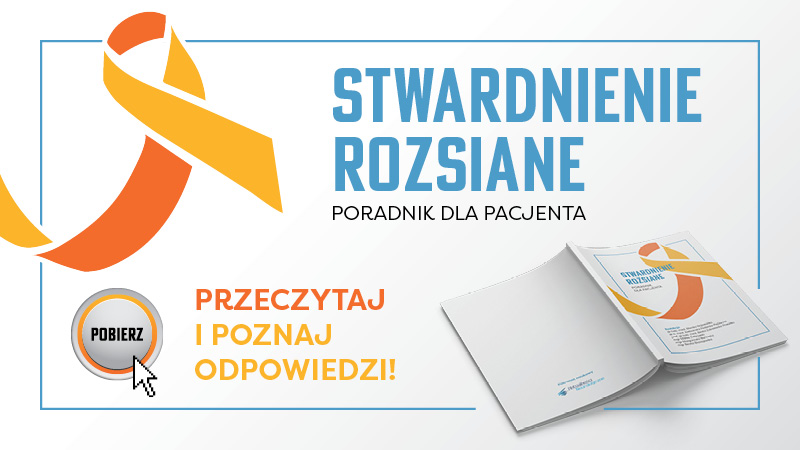Metopic suture: formation and clinical implications – a review
Małgorzata Lidia Podstawka, Andrzej Czajka, Karol Zaczkowski, Karol Wiśniewski, Dariusz J. Jaskólski
 Affiliation and address for correspondence
Affiliation and address for correspondenceThe timing of suture closure and clinical implications of the metopic suture are still unknown. Premature fusion, causing craniosynostosis, happens rarely, but it may result in serious complications, such as craniofacial dysmorphology and neurodevelopmental problems. The clinical significance of metopism is still uncertain. The aim of this study was to review the literature and identify uncertain aspects associated with the formation and clinical implications of the metopic suture. The review showed significant variations in the typical age of metopic suture closure reported in the literature (from five months to seven years). Premature fusion of the suture, usually occurring before birth, may cause skull deformity and developmental disorders. Aetiology is probably multifactorial. Craniosynostosis may result in different phenotypes, ranging from mild changes to trigonocephaly. Diagnosis is achieved based on physical examination and computed tomography scans. Treatment is surgical and aims to achieve two goals: correction of craniofacial dysmorphology and prevention of further complications. Persistence of the metopic suture is diagnosed based on computed tomography scans and is considered to be an anatomical variant. The metopic suture is clinically significant if premature fusion occurs, causing craniofacial and neurodevelopmental disorders. The timing of the closure of the suture, and the aetiology of craniosynostosis and metopism require further research.







